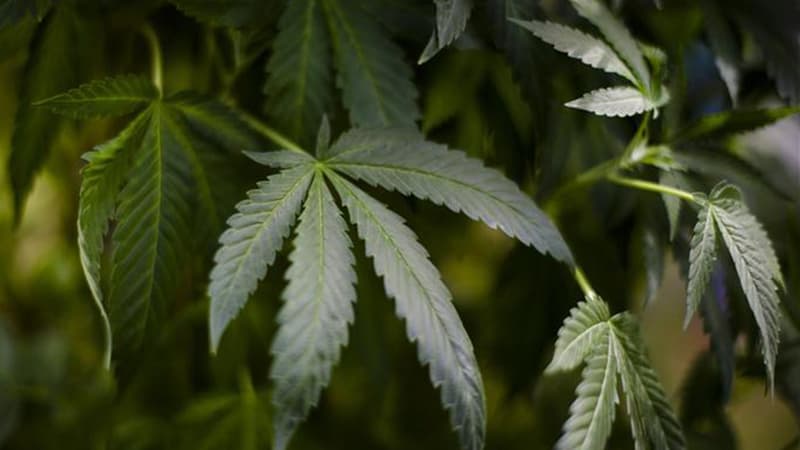Little gummy bears that look like candy, but aren’t. A priori classic chocolate brownies, but they can have a surprising effect. One of the ways to consume cannabis is through food, what the Anglo-Saxons call “groceries” and which has no real equivalent in everyday French, except “space cake“.
The purchase of these elements is legal in several American states, such as California, Montana or the state of New York. Due to their normal appearance, they can be confused with non-cannabis foods and accidentally ingested. In the United States, poison control centers record the number of children under the age of six who have been exposed to “groceries“.
A study published this Tuesday in the American scientific journal Pediatrics analyzed this data and drew the following conclusion: the number of children who ate foods containing cannabis increased by 1,375% between 2017 and 2021 in the United States.
In 2017, the US official services identified 207 cases of exposure to these foods. In 2021, 3,054 cases were registered. Over the five years studied, the vast majority (almost 98%) of cases occurred in residential settings, and 90% of children who ingested cannabis in food did so in their own homes. 22.7% of the children involved in this study had to be hospitalized.
Trend towards legalization
The medical authors of the study explain this evolution by “a greater number of States that authorize the recreational use of cannabis by adults.”
Antonia Nemanich, co-author of the study, also points to CNN a “particular spike during the pandemic years,” when children spent more time at home.
However, these edible preparations “are particularly attractive to young children because they resemble common sweets such as candies, chocolates, cookies, or other pastries” and “a child may not recognize the need to stop after one bite/segment/part” , even if this snack is particularly loaded with THC, the study underlines.
Symptoms leading to coma
As children are lighter, “the THC level per kilogram of body mass is much higher than for the same amount ingested by an adult,” the Ontario, Canada poison control center warns on its site.
If swallowed, symptoms vary greatly among children. Some “feel nothing, others fall into a coma” or “must be placed on a ventilator and monitored in an intensive care unit,” the Ontario Poison Control Center lists.
To limit children’s exposure to this type of food, the physicians who authored the study in Pediatrics recommend “prioritizing prevention strategies, such as changing product packaging and labeling, regulating the maximum dose allowed in a package, and increasing public education on internal risk mitigation.”
Source: BFM TV


